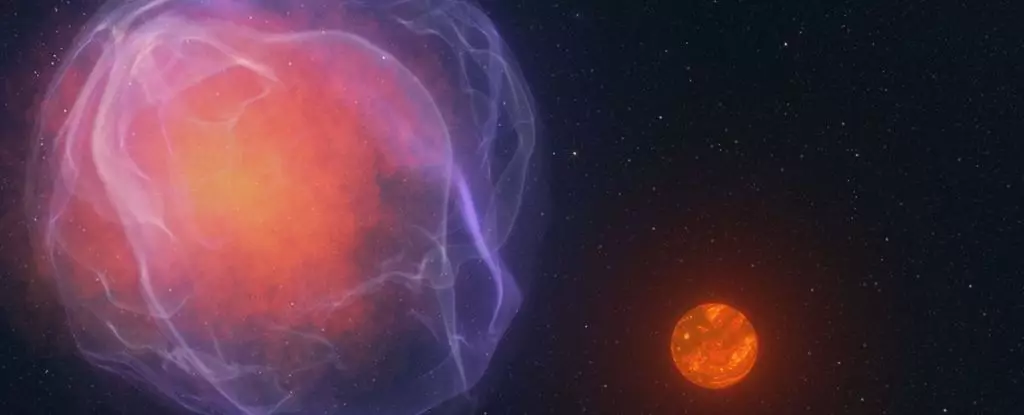Exploring the vast expanse of the Milky Way galaxy often leads to fascinating discoveries, and one such intriguing find is the hypervelocity star known as CWISE J124909+362116.0 (J1249+36 for short). This particular star stands out not only for its remarkable velocity, exceeding the galactic escape speed at around 600 kilometers per second, but also for its unique classification as an L subdwarf, making it one of the oldest stars in our galaxy.
Hypervelocity stars like J1249+36 are a rarity in the Milky Way, prompting astronomers to delve deeper into understanding the mechanisms behind their extraordinary speeds. The recent discovery of J1249+36 at the 244th Meeting of the American Astronomical Society has raised questions about the star’s origin and how it acquired such breathtaking velocity.
Possible Explanations
Researchers investigating the unusual properties of J1249+36 have proposed several theories to explain its high speed. One hypothesis suggests that the star was expelled from a binary system containing a white dwarf, resulting in a significant acceleration. The interaction between the white dwarf and its companion star could have led to a supernova explosion, propelling J1249+36 into its current trajectory.
Another scenario involves a many-body interaction within a globular cluster, where the complex dynamics of black hole binary pairs can eject a star out of the cluster. While plausible, tracing the star’s path back to a specific globular cluster has proved challenging for scientists.
The third possibility posits that J1249+36 originated from one of the satellite dwarf galaxies orbiting the Milky Way. Previous studies have shown that hypervelocity stars may have extragalactic origins, opening up the possibility that this particular star could be a stranger from beyond our galaxy.
To determine the true nature of J1249+36 and its origins, astronomers are now turning to analyze the chemical composition of the star in greater detail. By studying the trace elements present in its atmosphere, researchers hope to uncover clues that point towards a white dwarf companion or a globular cluster association.
Alternatively, the distinctive compositional properties of stars within globular clusters may provide insights into J1249+36’s lineage, shedding light on its mysterious journey through the Milky Way. Should these avenues yield inconclusive results, further investigation into the galaxy’s satellite dwarf populations may offer the key to unlocking the secrets of this enigmatic hypervelocity star.
The discovery of J1249+36 serves as a compelling reminder of the wonders that lie within our galaxy, waiting to be uncovered and understood. As astronomers continue to unravel the mysteries of the cosmos, each new finding brings us closer to piecing together the intricate tapestry of the universe.



Leave a Reply